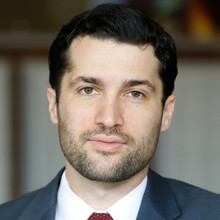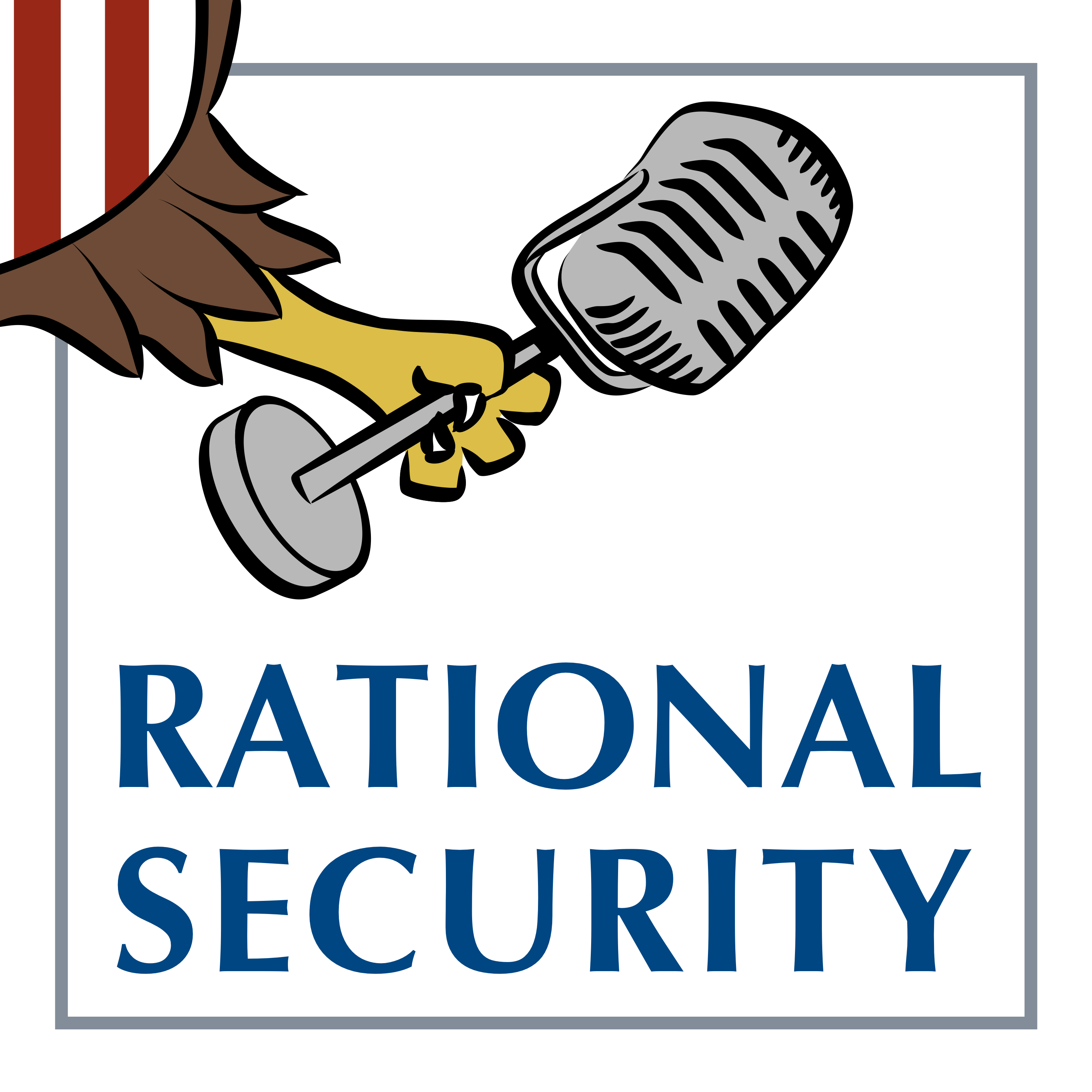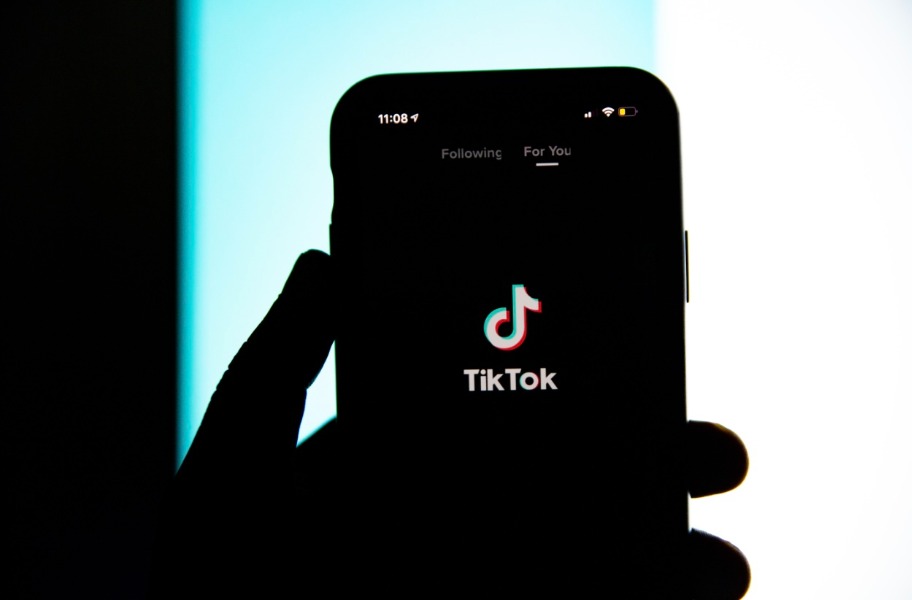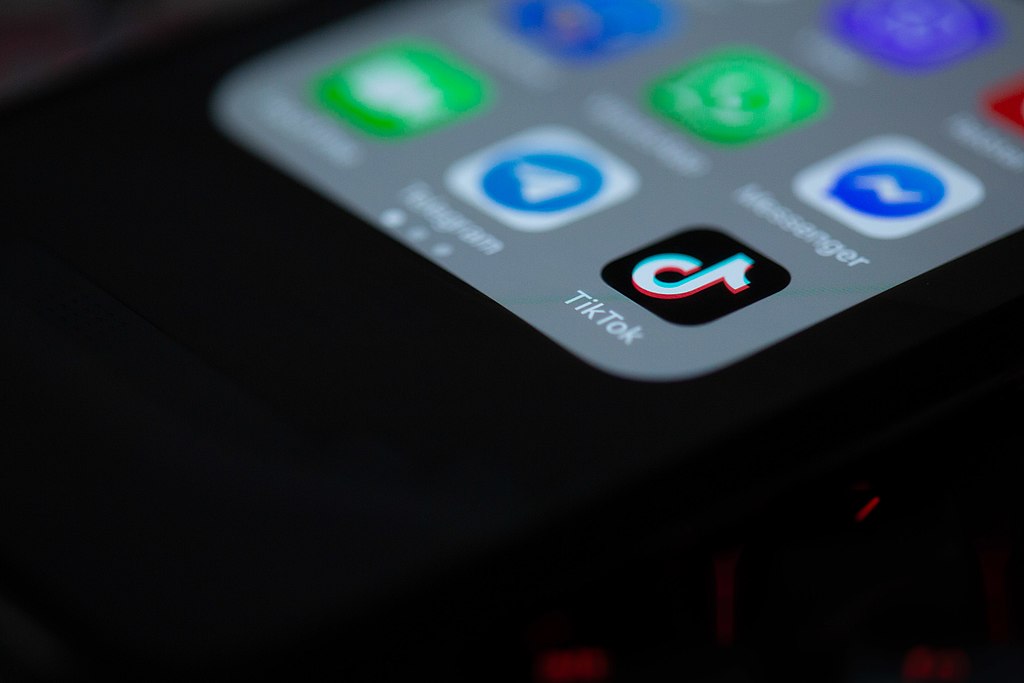The Supreme Court Rules Against TikTok—Now What?
.jpg?sfvrsn=d49aa3bf_6)
Published by The Lawfare Institute
in Cooperation With

Earlier today the Supreme Court unanimously rejected TikTok's constitutional challenge to the Protecting Americans from Foreign Adversary Controlled Applications Act (PAFACAA), which will block most of TikTok's operations in the United States unless its Chinese parent company, ByteDance, divests. With the law's Jan. 19 deadline looming and major questions about implementation remaining, here's what you need to know.
What Does PAFACAA Require?
PAFACAA, passed with overwhelming bipartisan support last year, creates a divestment-or-ban framework for certain foreign-controlled applications. The law specifically targets TikTok and its parent company, ByteDance, though it also establishes a broader mechanism for regulating similar apps.
The law's core mechanism is straightforward: Unless ByteDance divests TikTok through a "qualified divestiture" that removes foreign adversary control, U.S. companies must cease providing the app's critical infrastructure—including app store access and cloud hosting services. Notably, PAFACAA regulates these American service providers rather than TikTok or its users directly.
A qualified divestiture requires presidential certification through an interagency process, demonstrating that (a) the app is no longer controlled by a foreign adversary and (b) there will be no operational relationship between U.S. operations and foreign-controlled entities, particularly regarding content recommendation algorithms and data sharing.
When Does the Ban Take Effect?
The law takes effect on Sunday, Jan. 19, the day before President-elect Donald Trump's inauguration. This date stems from PAFACAA's implementation provision, which set the effective date at 270 days after enactment (April 24, 2024). While the law does allow for a 90-day presidential extension, this option is designed specifically for scenarios where a divestiture transaction is actively in progress but needs additional time to finalize. Such an extension requires specific certifications to Congress: (a) existence of a viable divestiture path, (b) evidence of significant progress toward divestiture, and (c) binding legal agreements in place. Given that no divestiture appears to be in progress, such an extension would likely be legally invalid.
Who Is Subject to the Ban?
PAFACAA's enforcement mechanism primarily targets two categories of entities: companies distributing TikTok via app marketplaces, mainly Apple's iOS App Store and Google's Android Play Store; and companies providing internet hosting services, including cloud hosting providers like Oracle and potentially (the statute uses the word "may") domain name system (DNS) providers that translate TikTok's URL into IP addresses.
The attorney general is empowered to enforce the law through both monetary penalties (fines of up to $5,000 per user who accesses TikTok) and injunctive relief.
What Will Actually Happen on January 19?
Assuming U.S. companies comply with their PAFACAA obligations (which they likely will), we can expect several immediate effects:
App stores will remove TikTok, though they won't delete it from phones that already have it installed.
U.S.-based servers and content delivery networks will shut down TikTok's domestic infrastructure.
Users seeking to access TikTok through their web browsers may encounter error messages due to server shutdowns and possible DNS deregistration.
TikTok already operates numerous servers outside the United States and could shift operations to this overseas infrastructure. However, the app's functionality will depend on its technical architecture. If it's configured to first connect to U.S.-based servers for tasks like CDN selection or location verification, users will likely face error messages once those servers go offline. If instead the app can seamlessly redirect to international servers, some functionality might persist, albeit with degraded performance due to increased latency. Even if some users maintain access through overseas servers, their experience will steadily deteriorate. Without the ability to receive updates through American app stores, the app will become a slowly decaying time capsule—new features will never arrive, bugs will go unfixed, and the app will grow increasingly unstable.
Are There Any Potential Workarounds?
Notably, PAFACAA doesn't prohibit individual users from accessing TikTok or require internet service providers (ISPs) to block TikTok traffic—a gap in coverage that likely reflects congressional efforts to minimize First Amendment concerns. While this means users might maintain access by accessing overseas servers (potentially via VPNs), these workarounds are unlikely to preserve TikTok's current reach. Instead, by making the app sufficiently inconvenient to use, Congress appears to be betting that most of TikTok's 170 million American users will simply migrate to alternative platforms.
Importantly, while PAFACAA doesn't require TikTok itself to cease operations, the company is preparing to shut down its U.S. services entirely on Sunday. This appears to be a strategic choice rather than a legal necessity—likely intended to make a statement about the ban's impact and pressure Congress and the incoming Trump administration to find an alternative solution.
What About Alternative Chinese Apps?
Recent news reports suggest that TikTok users are already flocking to alternative Chinese apps like Lemon8 and RedNote. However, because Lemon8 is owned by ByteDance, it will face an immediate ban alongside TikTok under Section 2(g)(3)(A)(iii)-(iv) of PAFACAA, which explicitly covers ByteDance subsidiaries and successors. Other Chinese apps like RedNote occupy a more ambiguous position—while they aren't automatically banned, PAFACAA classifies them as "foreign adversary controlled applications," meaning the president could trigger a similar divestment-or-ban process after determining they present a "significant threat to the national security of the United States."
In any case, while some users might temporarily migrate to these alternatives, platforms like YouTube Shorts and Instagram Reels are likely to capture the majority of TikTok's audience given their massive existing user bases, established content creator networks, and sophisticated recommendation algorithms that can provide experiences similar to TikTok's.
What Can Trump Do?
Despite Trump's opposition to the ban, he has limited options for helping TikTok. He could try to facilitate a divestiture, but there's no indication that China will permit ByteDance to sell TikTok, with or without the algorithm, the sale of which is expressly restricted under Chinese export control laws. This isn't surprising: TikTok's primary value to the Chinese government lies precisely in the national security threats that motivated PAFACAA—the ability to collect sensitive data on Americans and influence the content they see through ByteDance's (and thus ultimately Beijing's) control. A sale would eliminate these strategic benefits.
Moreover, while Beijing would prefer the status quo, it may view a ban as an acceptable second-best outcome. A TikTok ban would give China a useful talking point when accused of censorship or internet balkanization—enabling it to argue that the U.S. engages in similar behavior. While losing the American market without compensation could be devastating for ByteDance, the Chinese government has repeatedly demonstrated its willingness to sacrifice its "private" companies when doing so serves its strategic interests.
Trump could also seek congressional action to amend or repeal PAFACAA. While this might have seemed impossible given the law's overwhelming bipartisan support (it passed 360-58 in the House), key Democrats appear to be wavering. Most notably, Senate Majority Leader Chuck Schumer posted a surprising message on Bluesky on Thursday: "It's clear that more time is needed to find an American buyer for TikTok. We will continue working to keep TikTok alive, protect content creators' livelihoods, protect against CCP surveillance, and protect national security. I will work with the Trump Admin to find a solution." This unexpected shift from a leading Democrat suggests at least the possibility of legislative action, though the tight timeline before the ban takes effect remains a serious obstacle.
Most notably, as is being reported, Trump could attempt various forms of executive action to prevent the ban's implementation. To be clear, there's nothing magical about executive orders—they're essentially press releases on nicer stationery. Either Congress or the Constitution gives the president the power to take some action or they don't—nothing hinges on whether the president announces it on Truth Social or in the Rose Garden.
Trump has four main options for executive intervention, none of which appear particularly promising:
Trigger the 90-day extension allowed under PAFACAA. However, as noted above, such an extension would be legally invalid since no divestment process is currently in progress.
Direct his attorney general not to enforce the law against Apple, Google, Oracle, and other affected companies. But the companies would still be violating the law, and as Justice Sonia Sotomayor noted during oral argument earlier this month, there is a five-year statute of limitations on the penalties. This means they would remain subject to enforcement by a future administration, though they might have a plausible due process argument that enforcement under such circumstances would violate their rights.
Use the definition of a "qualified divestiture"—defined as "a divestiture or similar transaction that ... the President determines" meets the relevant ownership and control requirements—to announce that ByteDance has divested from TikTok even if no meaningful change has occurred. If ByteDance cooperates by making superficial adjustments to its ownership structure, this might provide Trump enough legal cover to declare a divestiture has taken place.
Declare, under an underspecified (and almost certainly legally dubious) theory of Article II, that PAFACAA unconstitutionally interferes with his foreign affairs powers—a position hinted at in Trump's Supreme Court brief.
The fundamental problem with all of these options is that they're legally unconvincing, and the sophisticated legal teams at Apple, Google, and Oracle will recognize this. Any of these executive actions would leave these companies exposed to significant legal and financial risk, with potential penalties of $5,000 per TikTok’s 170 million American users creating massive financial exposure. While Trump's administration might offer various forms of assurance, these companies would still face substantial uncertainty about future enforcement. Given these risks, corporate counsel would be hard-pressed to advise their CEOs to continue doing business with TikTok under any of these scenarios, though the companies' ultimate decisions may depend on their risk appetite and whether they see sufficient value in currying favor with Trump—a particularly salient consideration given Silicon Valley's recent rightward shift and tech leaders' increasing willingness to align themselves with Trump and his allies.
The bottom line? There are a lot of moving pieces and it's foolish to make particularly confident predictions, but the most likely outcome is that TikTok goes dark on the 19th and stays that way for the immediate future.





